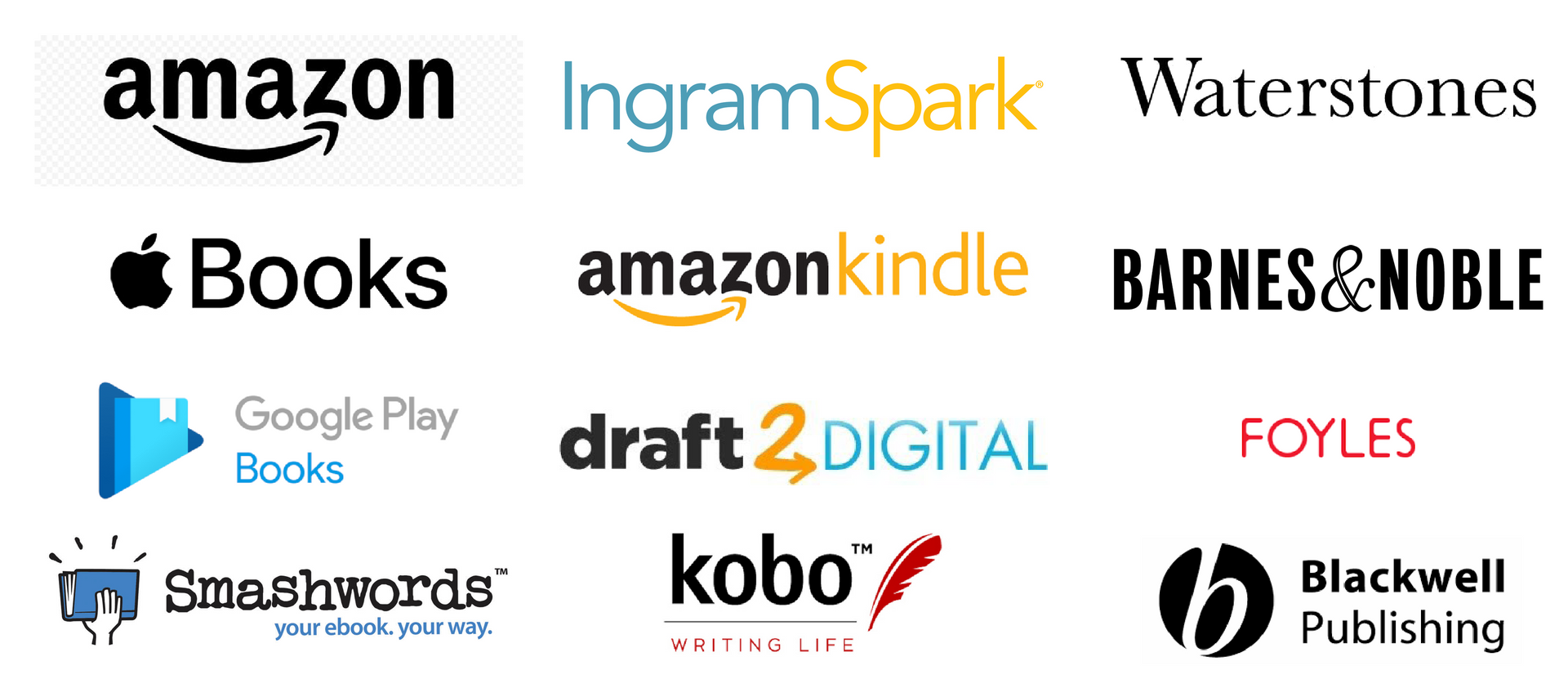You have written a book what to do next?

The next steps would involve editing, publishing, promoting, and possibly even expanding upon the concept. Here's a rough outline of what might come next:
- Editing and Refining: The first step after completing a draft of the book would be to edit and refine the content. This involves proofreading for errors, improving the flow of ideas, clarifying concepts, and ensuring consistency in style and tone.
- Feedback and Revisions: Getting feedback from beta readers, editors, or experts in the subject matter can provide valuable insights. Revisions based on this feedback help to enhance the quality of the book.
- Cover Design and Formatting: Designing an engaging and professional book cover is crucial for attracting potential readers. Additionally, formatting the interior of the book for print and digital formats is essential.
- Publishing: You would need to decide whether you want to pursue traditional publishing or self-publishing. Traditional publishing involves submitting your manuscript to literary agents or publishers, while self-publishing allows you to publish the book independently through platforms like Amazon Kindle Direct Publishing (KDP) or other self-publishing services.
- Distribution: If you choose traditional publishing, the publisher will handle distribution to bookstores and online retailers. If you self-publish, you'll need to set up distribution through the chosen platform(s).
- Promotion and Marketing: Regardless of the publishing route, effective promotion and marketing are essential for reaching a wider audience. This could involve creating a website, utilizing social media, organizing book signings, participating in interviews, and more.
- Launch and Release: The launch date of the book is a significant event. Planning a launch strategy, including pre-orders, release events, and marketing efforts, can help generate initial buzz and sales.
- Engaging with Readers: After the book is released, engaging with readers through social media, book clubs, author events, and online discussions can create a sense of community around your work.
- Gathering Reviews and Feedback: Encourage readers to leave reviews on platforms like Amazon, Goodreads, and other relevant sites. Positive reviews can boost the book's visibility and credibility.
- Further Expansions or Editions: Depending on the success of the book and feedback from readers, you might consider expanding on the topic, writing a sequel, or releasing updated editions with additional content.
- Continuous Promotion and Outreach: Continuing to promote the book over time is important for maintaining sales and visibility. You can explore opportunities for guest blogging, speaking engagements, and other forms of outreach.
- Reflection and Future Projects: After the initial excitement, take time to reflect on the book-writing process. Consider what you've learned and how you might apply those lessons to future writing projects.















